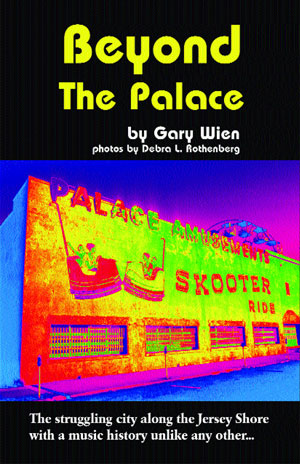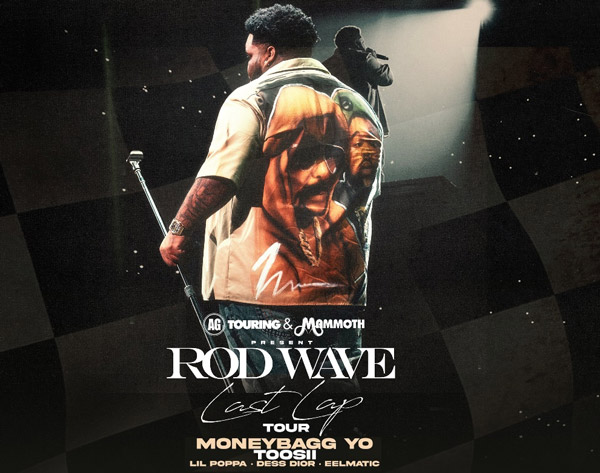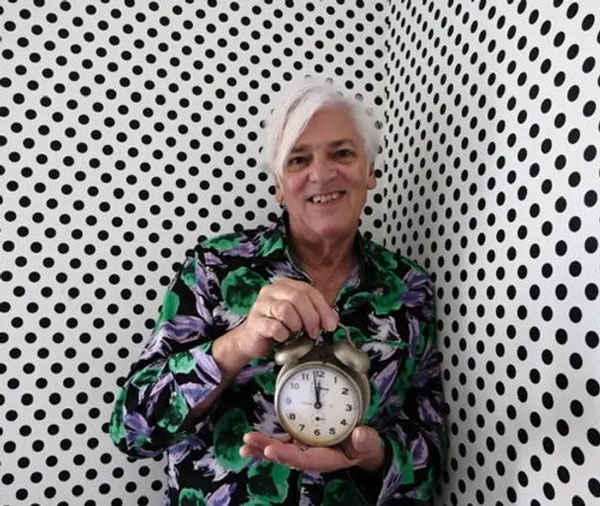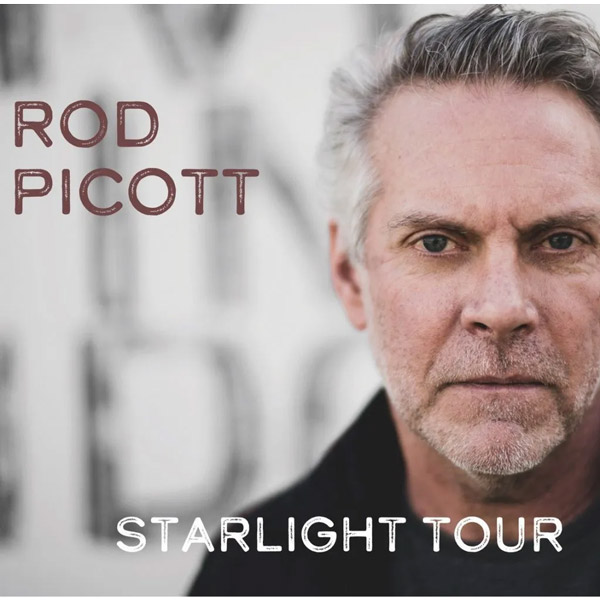By Gary Wien
originally published: 01/26/2012
 Around the world the Fastlane is noted in rock and roll history for being one of the clubs where a young Jon Bon Jovi got his start. Bon Jovi played here long before becoming famous with bands like Atlantic City Expressway, the Rest and the Wild Ones. The Fastlane was always home to several of the traditional Asbury Park musicians like Billy Chinnock and Lance Larson, but its true claim to fame lies in being the premier venue for alternative music in the area.
Around the world the Fastlane is noted in rock and roll history for being one of the clubs where a young Jon Bon Jovi got his start. Bon Jovi played here long before becoming famous with bands like Atlantic City Expressway, the Rest and the Wild Ones. The Fastlane was always home to several of the traditional Asbury Park musicians like Billy Chinnock and Lance Larson, but its true claim to fame lies in being the premier venue for alternative music in the area.Bands like U2, the Police and the Psychedelic Furs all played here during tours in the early 80s. In later years, alternative favorites like Dramarama, the Connells and Concrete Blonde would pack the house. While the Stone Pony down the street was catering to those that loved the “Asbury Sound”, the Fastlane offered something different. The club was a good size with a big stage and surrounded by bars. There was carpeted bleachers for years until the current owners renovated the place in the late 90s. It looked a bit like one of those classic New York dives that always had the best music in the area even when the place was empty.
“I was actually at the U2 show,” said Rich Robinson, former Program Director at WHTG. “I was supposed to hook up with my friends to go hang out at the Pony, but no one was there yet. So, I went over to the Fastlane to see what was happening there. I walked in and it looked like a sausage factory. There were about 18 guys hanging out and this band on stage that was just kicking ass and taking names. They sounded really good but I was bored out of my brain. I sat there watching them for about 3-4 songs. It was just me and these other guys in this dark, dingy club listening to the band. I was like yeah, they’re good, but I went back to the Pony and hung out the rest of the night with my friends. About six months later, I was like, ‘Holy shit, I saw U2!’”
The biggest problem with the Fastlane was the club’s history of closing then reopening, then closing again. It was never open long enough to truly gain the legendary status that the Stone Pony achieved. But for a few years, the Fastlane was the bar in Asbury.
In the early 90s, the Stone Pony was pretty much running on fumes. The bar was starting to show its age and many of the more popular acts of the day chose to play at the Fastlane instead. Mike Sauter, former DJ for WHTG, recalls that period of time. “In the early 90s, the Fast Lane was the place to see alt-rock shows,” said Sauter. “It was, as stated in hundreds of commercials I produced at WHTG for the club, ‘the house that rocks the Jersey Shore.’ I absolutely loved the set-up of the place. There was something very cool and college dorm-esque about the carpeted bleacher-style audience seating along the west wall.”
The Fastlane was home to plenty of great shows during the 90s. Dramarama would play back-to-back nights at the club and the place would be wall to wall with screaming, moshing fans. Matthew Sweet, Fishbone, Henry Rollins and King Missile were some of those that stood out. Mr. Reality (currently Highway 9), a local band that gained a big following along the Jersey Shore was practically born there. The band’s lead singer, Peter Scherer, used to work at the club. One day you saw him at the front door letting you into the Fastlane and the next he was on stage singing incredible covers of Don Henley songs and unbelievable originals. They played acoustic music and, for some reason, seeing a band play acoustically and sing songs with such wonderful harmonies in a club like the Fastlane was really special. Fans felt as though they were truly part of something. It was that kind of club. The bartenders knew your name, they knew what you wanted to drink and you’d go there often.
Mike Sauter recalls one of his most memorable shows at the club. “British pop-rocker John Wesley Harding was headlining a show at the Fastlane following the release of his 1991 album The Name Above the Title, and it happened to be the same night as Little Steven was playing the Stone Pony a few blocks away (this was an era when the Pony seemed on life support, they never seemed to book many decent bands. I seem to recall there was some sort of dispute within the club’s management brain trust that ended in the opening of a competing club called the Rock Horse elsewhere in Asbury). The opening bands for the Harding show (The Judybats from Tennessee and an Atlanta group called Uncle Green, as I recall) completed their sets, and the stage crew set up the equipment for the headliner. The room was pretty packed. In those pre-America Online, pre-Playstation, not-quite-yet-Draconian-drunk-driving-laws days, people went out to live shows a lot more than now. Hell, people would even drive from New Brunswick to Asbury to see a show (and vice versa) which has become all but unheard of.
“The thick crowd at the Fastlane was heavy with anticipation at the imminent arrival onstage of the evening’s top bill. But John Wesley Harding was nowhere to be seen. The between-set music pumped through the Fastlane house PA continued, as audience members began to get impatient. Maybe something happened to Harding? Perhaps he was backstage doing unspeakable rockstarish things. I was standing in the middle of the crowd, towards stage-left, and people around me were inches away from getting ugly, when suddenly the house lights went out and Harding appeared on stage, to loud cheers borne of pent-up impatient tension from the crowd. I didn’t notice at the time, but the back of Harding’s right hand was smudged with a sort of small dark stain.
“Later, I found out what the holdup was. Harding, a big Springsteen fan, had heard the inevitable rumors before his own show that Bruce was going to make a surprise appearance at the Little Steven show over at the Stone Pony. So Harding skipped out on his own show and snuck over to the Pony to see what was up. He paid the cover at ‘the house that Bruce built’ and waited around until he absolutely had to get back to play for his own audience at the Fastlane. I thought this illustrated a very important point about context. In one building, John Wesley Harding was the star of the show with cheering throngs offering an abundance of adulation. A couple of blocks away, though, he’s just another schmuck with a stamp on the back of his hand, craning his neck to see if Bruce had appeared. Bruce never showed, by the way.
“The next morning when I recounted this story on my morning show, someone called me to tell me that he heard that Harding, Little Steven, and Bruce had all gone into a studio and recorded some music. That’s when I first began calling Bruce the ‘Asbury Park Bigfoot.’ Like the mythical sasquatch, Bruce sightings were plentiful and plenty apocryphal. And the Springsteen rumor mill was capable of believing and spreading any tall tale, regardless of how much it strained credulity.”
The Fastlane was once run by Mark Grubman, a man described by those close to him as a direct disciple of Bob Fischer, the guy that once ran the Sunshine In. Both were far from easy to deal with, but both had the knack for bringing great bands to Asbury Park. The Fastlane has always seemed to get the short end of the stick when people talk about Asbury Park’s music history. When the plan for redeveloping Asbury Park was announced, there wasn’t a big rallying cry to save the Fastlane from the wrecking ball. While fans of Bruce Springsteen and Southside Johnny rallied around the Stone Pony as if it was the Alamo, the Fastlane fans were barely noticed.
It will be a crime for Asbury Park to get rid of the Fastlane. Not simply because of its great music history, but because the current owners have spent many years and much money renovating it and the Baronet located next door. Their buildings are located in the part of town which needs redevelopment the most. People don’t just drive by the Fastlane, they have to know something is going on before they head down that way. Asbury Park is lucky to have business owners that care so much about the city, and they should be able to reap the rewards should Asbury come back to life. In recent months, they have put on shows and run movies at the Baronet Theatre with after-parties held at the Fastlane. There’s talk about bringing back live music to the Fastlane as well, but that shouldn’t be a surprise. The club’s bound to have a few more lives in it.
From the book Beyond The Palace by Gary Wien
Gary Wien has been covering the arts since 2001 and has had work published with Jersey Arts, Upstage Magazine, Elmore Magazine, Princeton Magazine, Backstreets and other publications. He is a three-time winner of the Asbury Music Award for Top Music Journalist and the author of
Beyond the Palace (the first book on the history of rock and roll in Asbury Park) and
Are You Listening? The Top 100 Albums of 2001-2010 by New Jersey Artists. In addition, he runs New Jersey Stage and the online radio station
The Penguin Rocks. He can be contacted at
gary@newjerseystage.com.
 Around the world the Fastlane is noted in rock and roll history for being one of the clubs where a young Jon Bon Jovi got his start. Bon Jovi played here long before becoming famous with bands like Atlantic City Expressway, the Rest and the Wild Ones. The Fastlane was always home to several of the traditional Asbury Park musicians like Billy Chinnock and Lance Larson, but its true claim to fame lies in being the premier venue for alternative music in the area.
Around the world the Fastlane is noted in rock and roll history for being one of the clubs where a young Jon Bon Jovi got his start. Bon Jovi played here long before becoming famous with bands like Atlantic City Expressway, the Rest and the Wild Ones. The Fastlane was always home to several of the traditional Asbury Park musicians like Billy Chinnock and Lance Larson, but its true claim to fame lies in being the premier venue for alternative music in the area.








